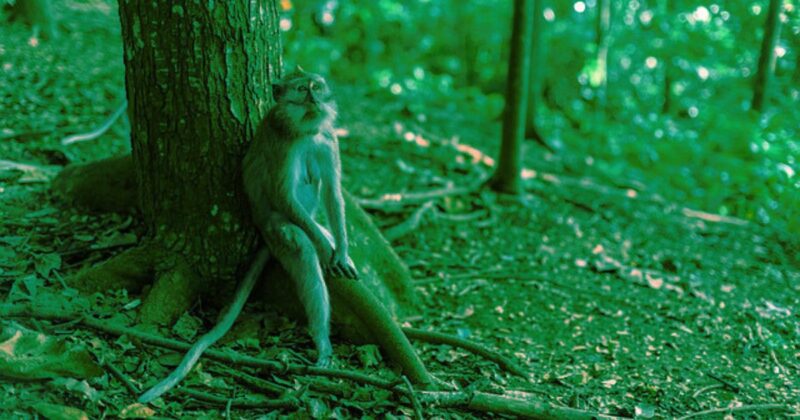Hi! It’s konkaz (@konkazuk).
When it comes to climate change, especially discussions about oil companies, the term “carbon reserve” often comes up.
However, its meaning can vary depending on the context.
This time, I’d like to explore its definition and how it is used in different contexts.
What is a Carbon Reserve?

“Carbon Reserve” can be expressed in different ways depending on the context, such as “carbon storage”, “carbon accumulation”, or “carbon deposits”. However, it generally refers to the amount of carbon stored on Earth.
Fossil fuel deposits beneath the Earth’s surface
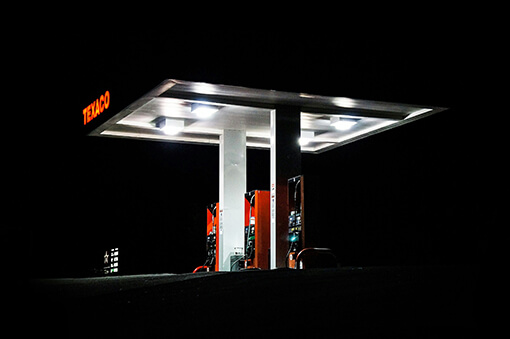
The term Carbon Reserve is often used to refer to the underground deposits of fossil fuels, such as coal, oil, and natural gas.
Fossil fuels are formed over long periods as organic matter decomposes and transforms, trapping carbon beneath the Earth’s surface. However, when extracted and burned for energy production, they release vast amounts of carbon, accelerating global warming.
Forests
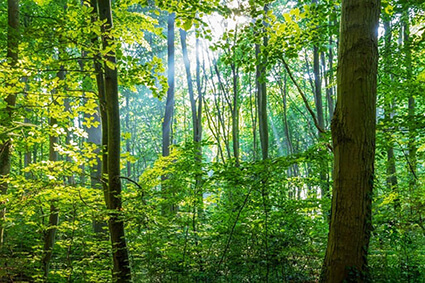
Most of us have probably learned in school that plants, including trees and flowers, absorb carbon dioxide (CO₂) through the process of photosynthesis and utilise it for their growth.
Through stomata in their leaves, plants absorb carbon dioxide from the atmosphere and, using solar energy, combine it with water. In this process, they release oxygen and fix carbon (C) into organic compounds.
6CO₂ + 6H₂O + solar energy
→ C₆H₁₂O₆ (glucose) + 6O₂
The carbon stored in the trunks, leaves, and roots of plants is also known as a“carbon reserve“.
When trees die or burn, the stored carbon is released back into the atmosphere as CO₂, which is why forests play a crucial role in climate change mitigation.
Soil
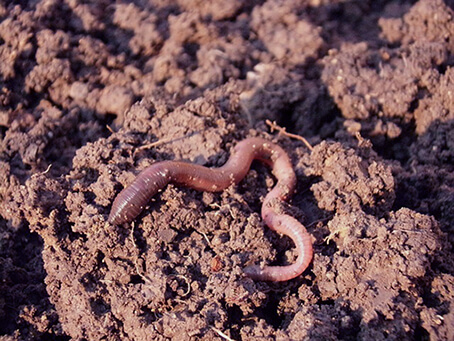
The soil contains a significant amount of carbon that has accumulated from plant decomposition and the breakdown of organic matter.
These are also considered part of the “carbon reserve“.
In the tundra’s permafrost, large amounts of carbon are trapped, and if it starts to melt due to global warming, it could lead to severe consequences for the planet.
Oceans
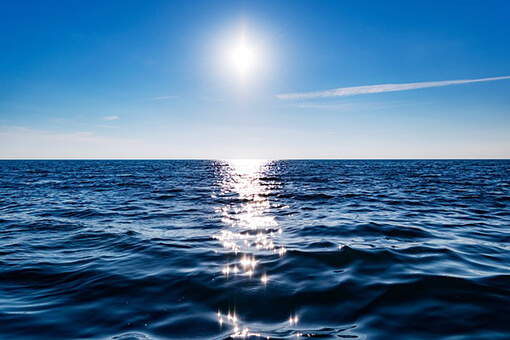
Just like the soil, oceans absorb carbon and store it in the form of dissolved carbon in seawater or within marine life and sediments.
The deep ocean, in particular, acts as a vast “carbon reserve“.
Therefore, protecting forests and promoting renewable energy are crucial efforts to mitigate climate change, as they help preserve carbon reserves and fix CO₂ in the process.
Bye now,
konkaz
*You can read this blog post in Japanese from the link below.
👉 Carbon Reserveとは?定義と異なる文脈での使われ方を解説

